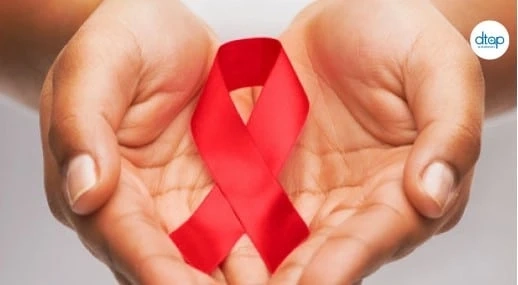The Impact of HIV Testing
Reduction in Transmission: Widespread HIV testing and early detection have played a crucial role in reducing the transmission of the virus. Individuals who know their HIV status can take steps to protect their partners, such as practicing safe sex and using pre-exposure prophylaxis (PrEP).
Improving Health Outcomes: Timely diagnosis and access to treatment can significantly improve the health outcomes of people living with HIV. Antiretroviral therapy (ART) helps suppress the virus, allowing individuals to lead healthier lives.
Preventing Mother-to-Child Transmission: Routine HIV test during pregnancy and the availability of ART have greatly reduced the risk of mother-to-child transmission. With proper medical care, the risk can be reduced to less than 1%.
Targeted Interventions: HIV testing has allowed for targeted interventions in high-prevalence communities and populations, leading to more effective resource allocation and prevention efforts.
Evolving Strategies in HIV Testing
Opt-Out Testing: Some healthcare facilities have adopted an "opt-out" approach to HIV testing, where individuals are informed that an HIV test will be conducted as a routine part of their medical care unless they decline. This strategy helps normalize testing and reduces the stigma associated with it.
Partner Notification Services: Public health agencies and healthcare providers offer partner notification services to inform sexual partners of an individual who has tested positive for HIV. This approach aims to prevent further transmission and encourage partners to get tested.
Home Testing and Telehealth: The COVID-19 pandemic accelerated the adoption of telehealth services, including remote HIV counseling and home testing options. These innovations provide flexibility and convenience, especially for those who may be reluctant to visit healthcare facilities.
The Role of Community Involvement
Community-Based Testing Programs: Community organizations, non-profits, and advocacy groups often play a vital role in providing HIV testing services. They bridge gaps in healthcare access, particularly for marginalized communities.
Peer Counseling: Peer educators and counselors who have lived experience with HIV can provide empathetic and relatable support during testing and post-test counseling. Peer-led initiatives reduce stigma and encourage testing.
Awareness Campaigns: Community-driven HIV awareness campaigns help educate the public about the importance of testing, risk reduction, and the availability of treatment and support services.
Strengthening Healthcare Systems: Community involvement extends to advocating for stronger healthcare systems that prioritize HIV prevention, testing, and treatment. This includes addressing issues of affordability and access.
Addressing HIV Disparities
Racial and Ethnic Disparities: Addressing racial and ethnic disparities in HIV testing and care is essential. African American and Hispanic communities in the United States, for example, experience higher rates of HIV infection and may face barriers to testing and treatment.
Gender Disparities: Women, especially in some regions, may face challenges in accessing HIV testing due to social and economic factors. Tailored strategies are needed to reach women at risk.
Youth-Focused Initiatives: Young people, particularly adolescents, are disproportionately affected by HIV. Youth-focused programs and education efforts are essential to reach this vulnerable population.
Transgender and LGBTQ+ Communities: Ensuring access to respectful and culturally competent care for transgender and LGBTQ+ individuals is vital in reducing disparities in HIV testing and treatment.
In conclusion, HIV testing is a multifaceted process with far-reaching implications. It not only detects the virus but also plays a crucial role in reducing transmission, improving health outcomes, and addressing disparities. Evolving strategies, community involvement, and continued awareness efforts are essential components of a comprehensive approach to combatting HIV/AIDS.
Let's continue to delve deeper into the topic of HIV testing by exploring its impact, evolving strategies, and the importance of community involvement.
The Impact of HIV TestingReduction in Transmission: Widespread HIV testing and early detection have played a crucial role in reducing the transmission of the ...



